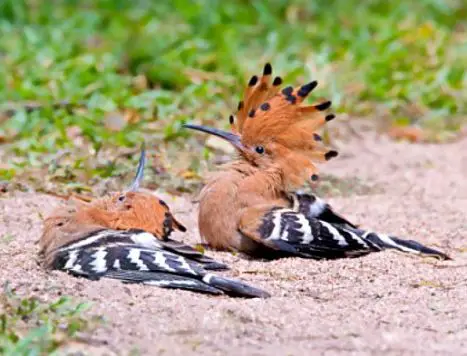
We are used to seeing birds playing in the water on a hot summer day. But seeing a bird rolling around in dust, dirt or mud and enjoying it? That’s a pretty hard one to digest! But believe it or not, birds actually love to take dust baths at frequent intervals. Let me try to explain why!
Also called as sand bathing, dust bathing is a common practice among several animals, including birds. The act is characterized by the bird rolling around, wiggling its body and flapping its wings in sand, dirt or mud. Flapping its wings allows the bird to disperse the sand and dirt into the air.
The bird then opens its wings wide enough for the falling diet to land on the skin beneath the feathers. Following this, the bird would resort to shaking its body vigorously in order to ruffle the feathers nicely. The bath usually finishes with a light preening session to clean up leftover dirt and residue.
So why exactly would a bird want to take bath in the dirt? Here are some possible reasons.
Cleaning and grooming
The action is akin to rubbing the hands with dirt and sand to remove oil, grime and grit off it!
Birds take dust baths apparently to clean themselves and get rid of parasites hiding in the skin. The dirt would effectively smother even stubborn parasites in addition to absorbing excess oil and grime from the feathers. Preening after the bath would then help remove these impurities along with the dust.
Dust bathing is more common among birds that do not have auropygial gland. Typical examples include the ostrich, kiwi and emu. These birds would usually take dust baths at regular intervals to keep their feathers clean and fluffy.
Marking Territory
Some birds dust bath to transmit certain chemical signals called pheromones into the ground around them, supposedly marking their territory. This acts as a subtle warning for other birds wanting to get close. This theory however, does not have significant evidence to back it.